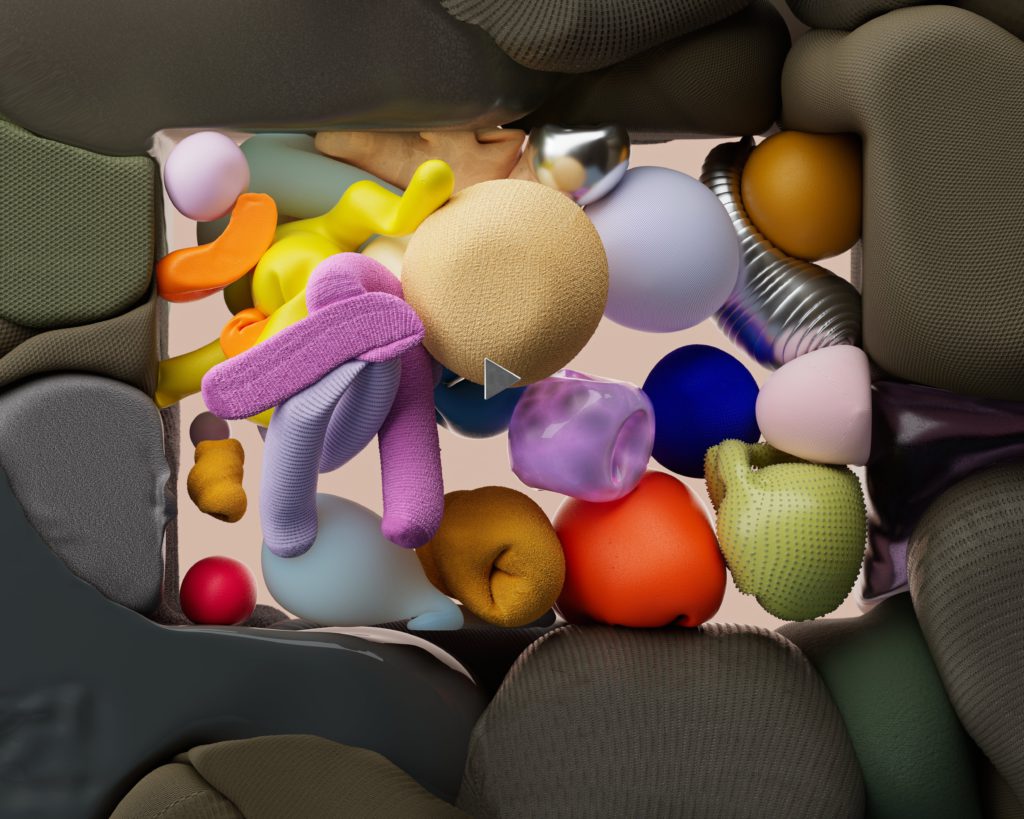Compressing images is really important. Without doing so, your website could run poorly and will therefore affect your bounce rate.

Have you ever visited a website that took forever to load? Or perhaps you’ve tried accessing a page on your phone, only to be met with blurry or pixelated images? Chances are, those issues were caused by uncompressed or poorly optimised images. In today’s digital age, attention spans are short, and website performance is crucial.
Compressing images for the web is more important than ever. It could be the difference between people sticking on your site, or bouncing straight off. If you want a successful online business, you’ll need to ensure everything is as compressed as it can be. But what exactly is image compression, and why does it matter? Let’s break it down in simple terms:
Faster loading times
When you compress images for the web, you reduce their file size without significantly sacrificing quality. Smaller file sizes mean faster loading times, which is essential for keeping visitors engaged and preventing them from bouncing off your site. Research shows that users are more likely to abandon a website if it takes more than a few seconds to load.
Improved user experience
Nobody likes waiting for a webpage to load, especially on mobile devices with slower internet connections. By compressing images, you ensure that your website loads quickly and smoothly across all devices, providing a seamless user experience. No matter what your customers are browsing on, optimised images contribute to a more enjoyable experience.
Reduced bandwidth usage
Large, uncompressed images consume a lot of bandwidth, which can lead to higher hosting costs and slower website performance. By compressing your images, you minimise the amount of data transferred between your web server and your visitors’ devices, resulting in lower bandwidth usage and potentially saving you money on hosting fees.
Better SEO performance
Website speed is a crucial factor in search engine optimisation (SEO). Search engines like Google consider page loading speed when ranking websites in search results. Faster-loading websites tend to rank higher, leading to increased visibility and organic traffic. By optimising your images for the web, you improve your website’s performance metrics.
Compatibility across devices
Different devices and browsers have varying capabilities when it comes to handling large image files. Compressing images ensures compatibility across a wide range of devices and browsers, guaranteeing that your website looks great and performs well regardless of the platform or browser your visitors are using.
In conclusion, compressing images for the web is essential for improving website performance, enhancing user experience, reducing bandwidth usage, boosting SEO performance, and ensuring compatibility across devices. By taking the time to optimise your images, you can create a faster, more efficient, and more user-friendly website.






